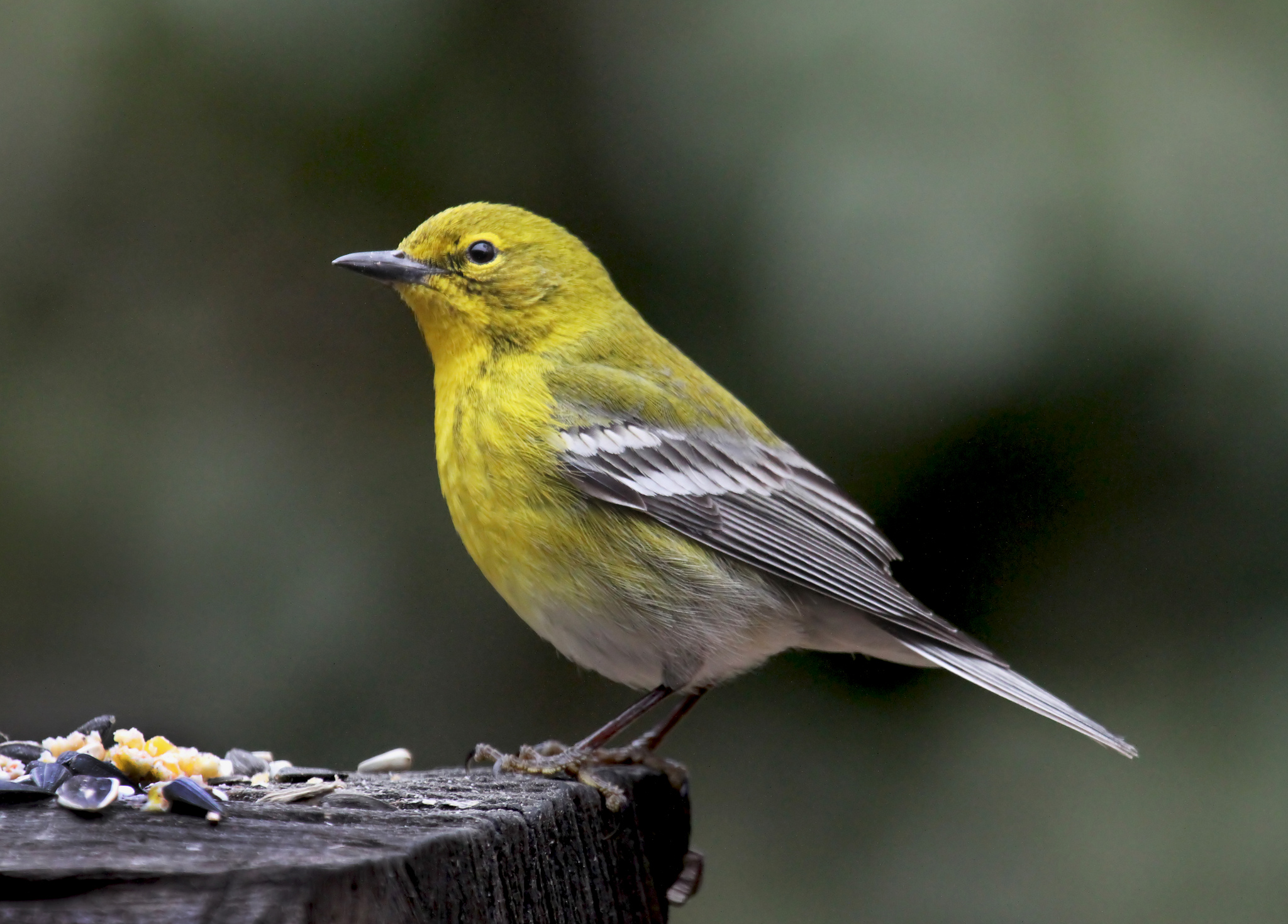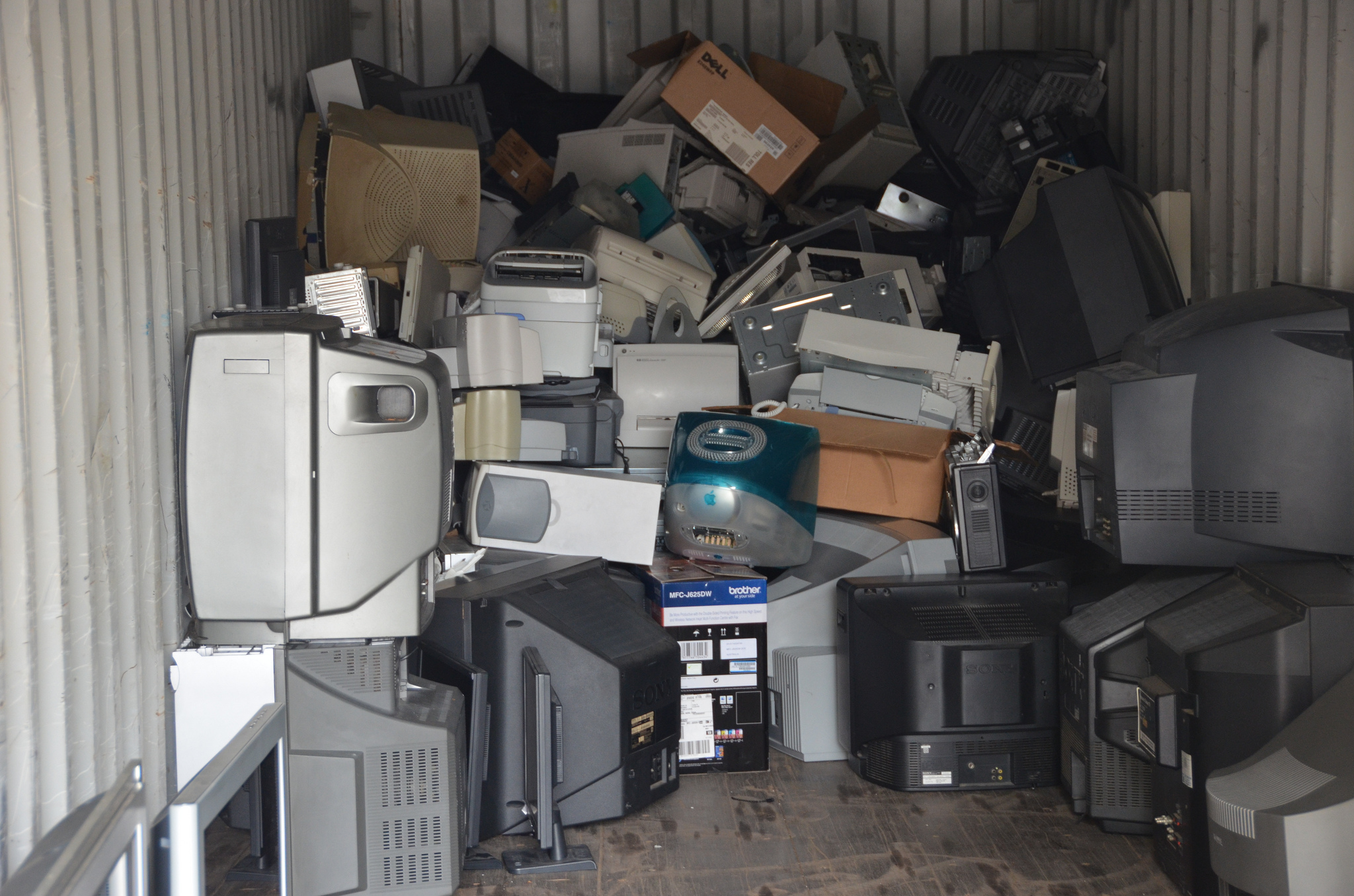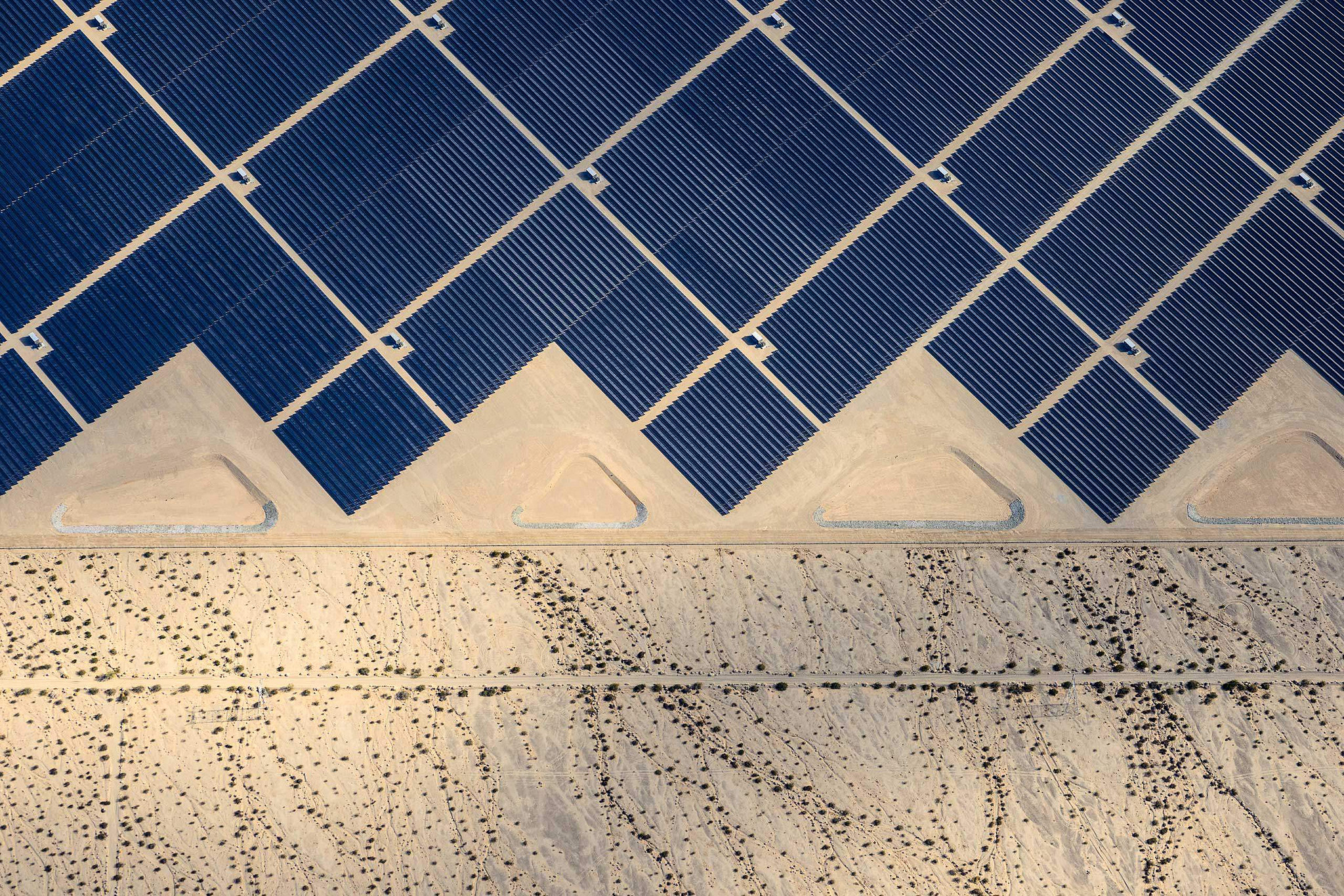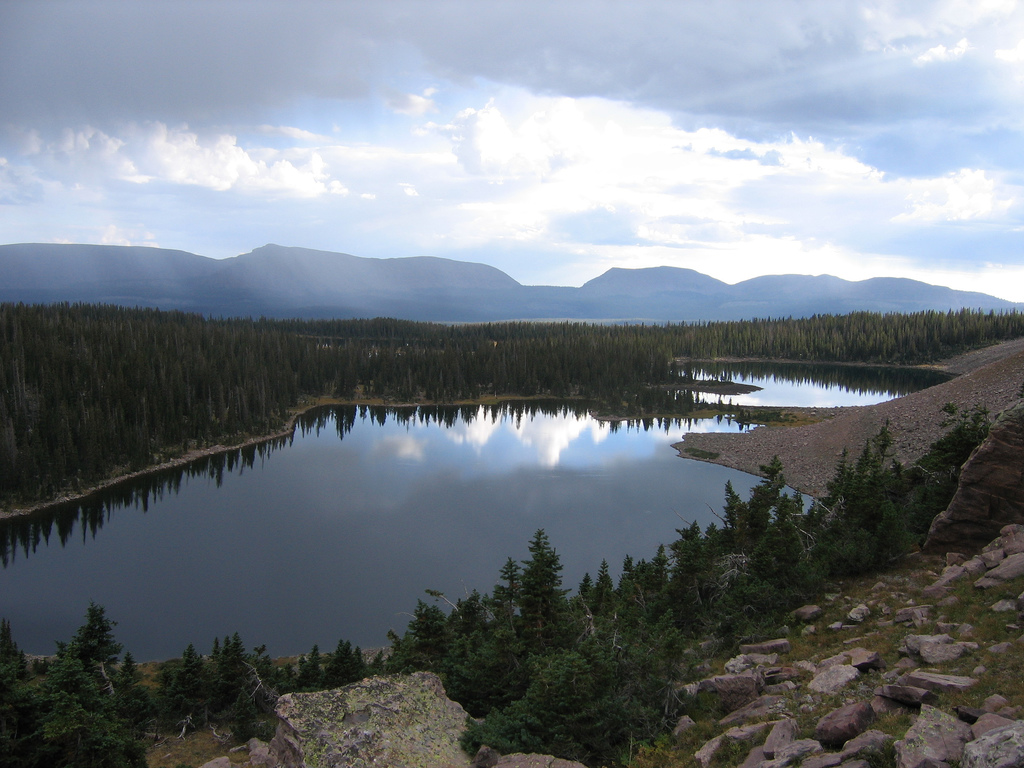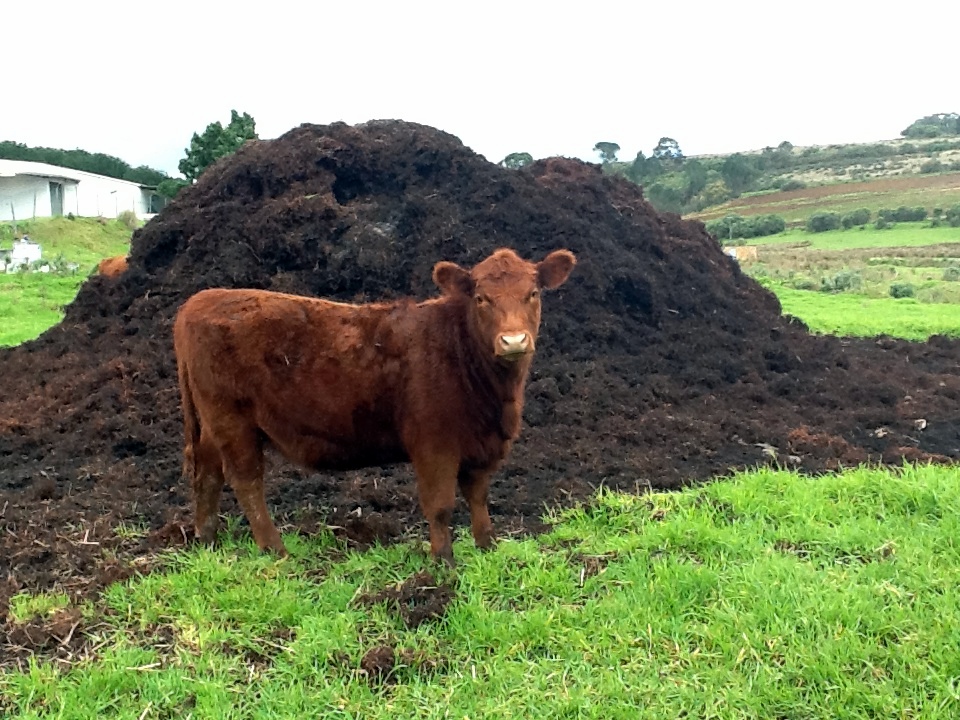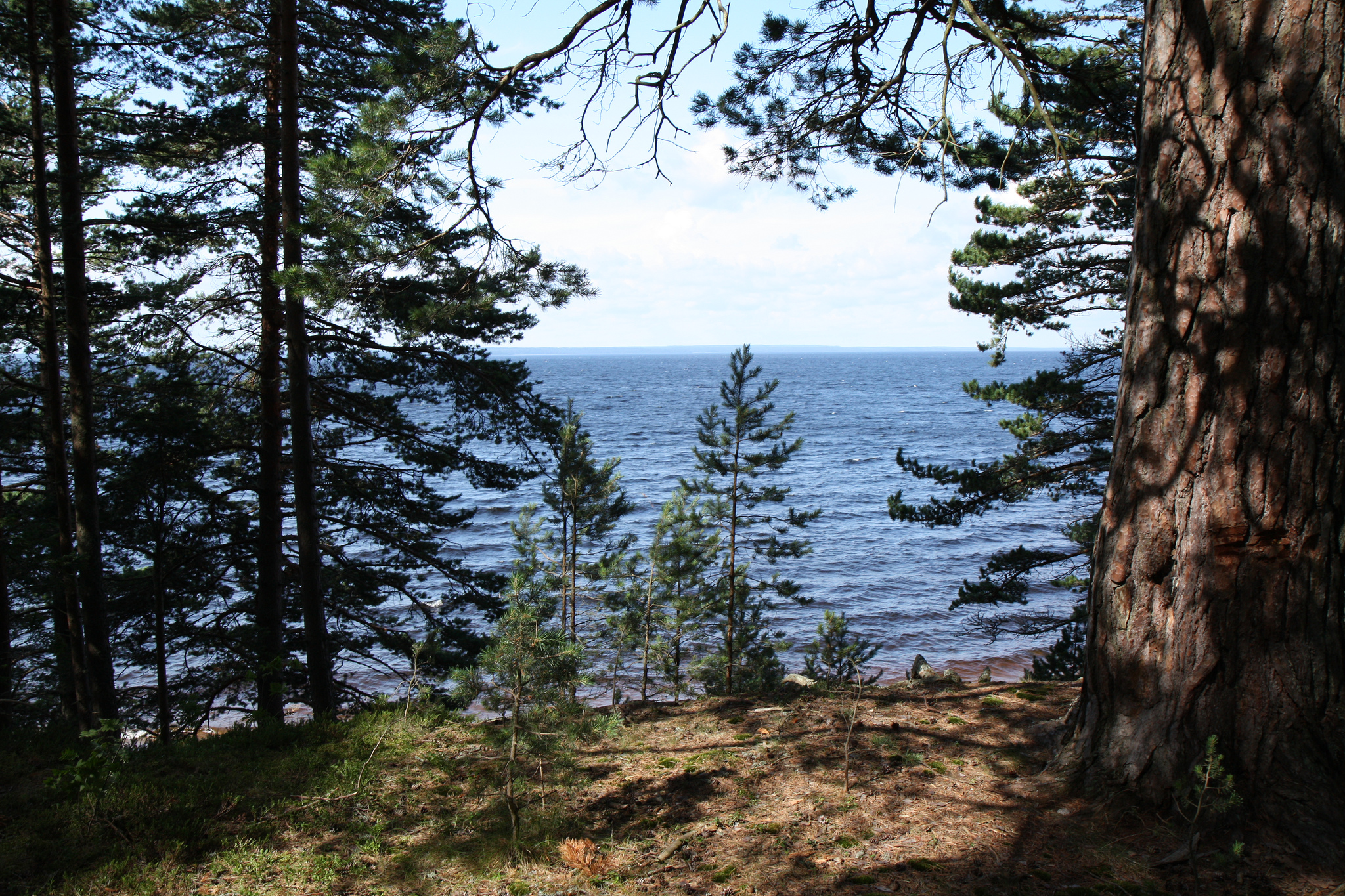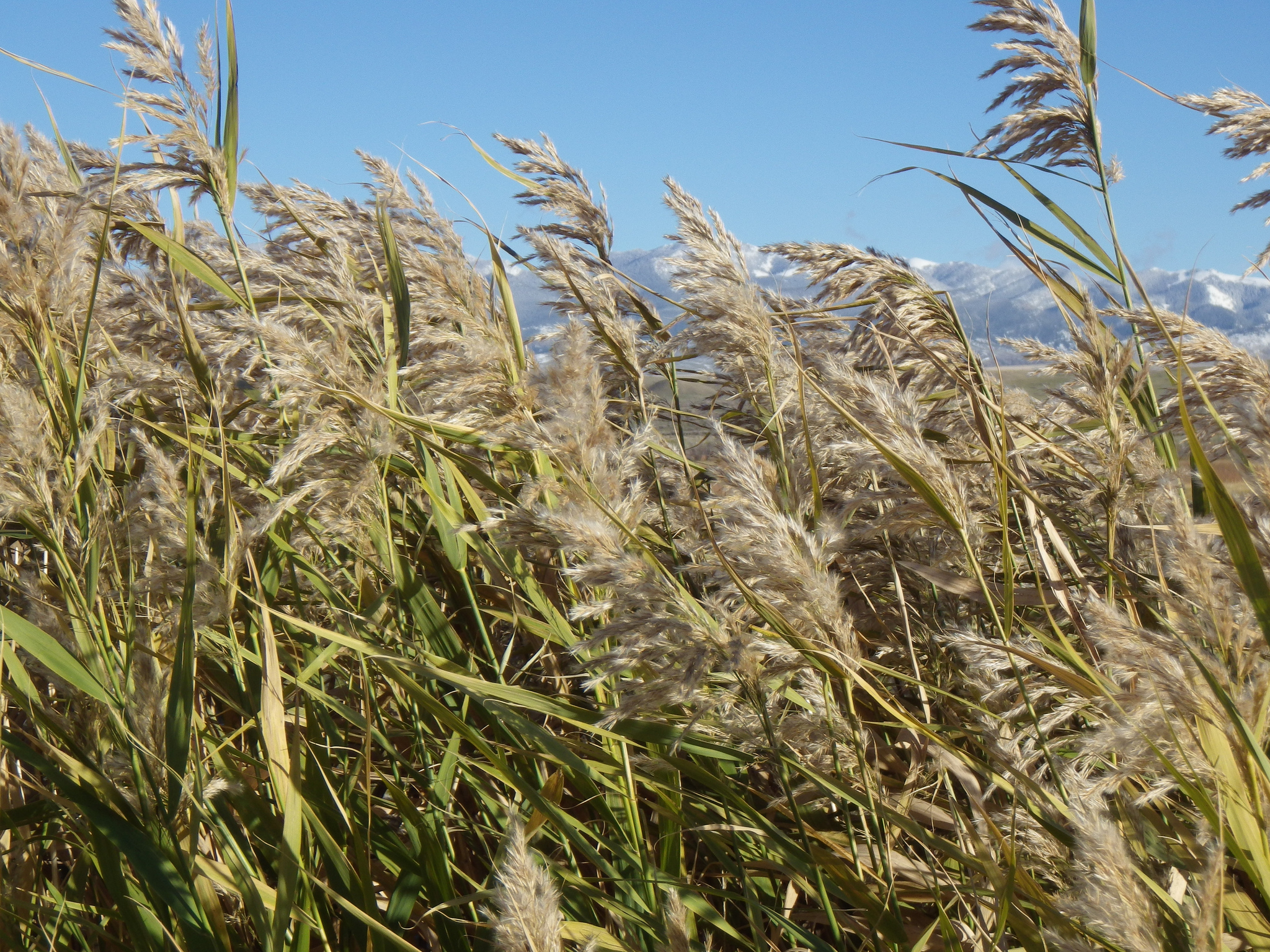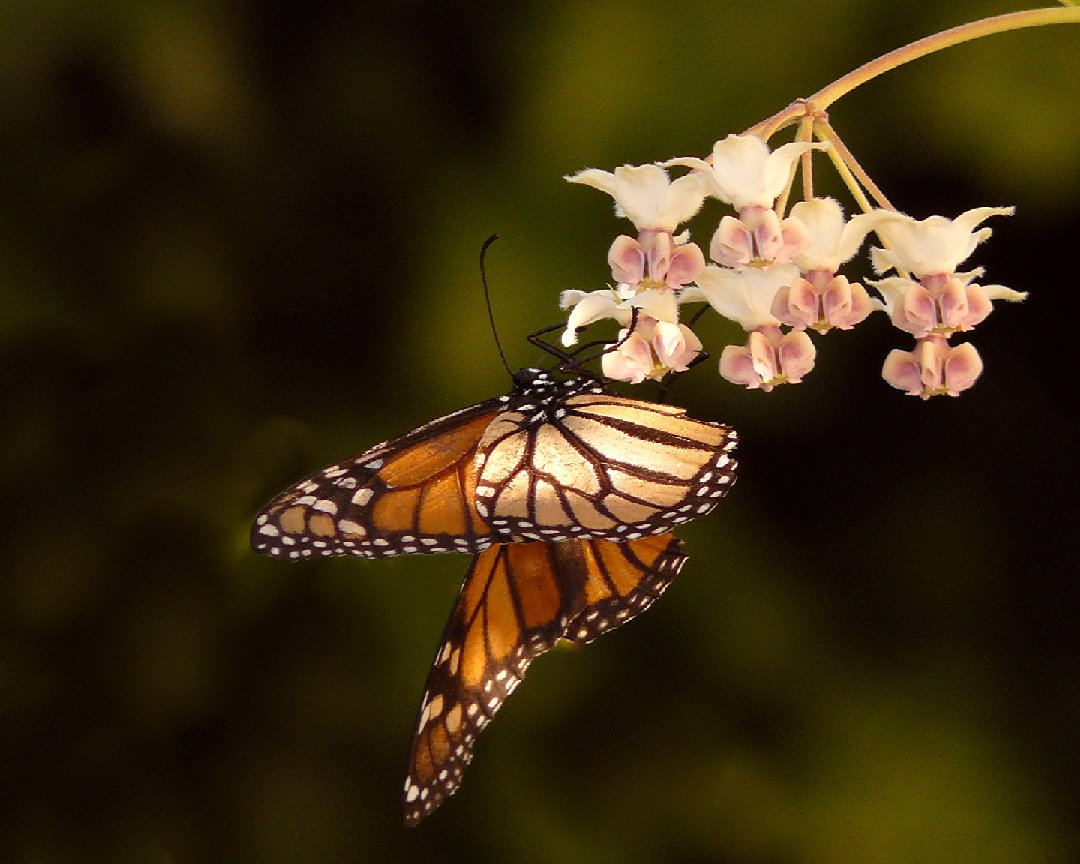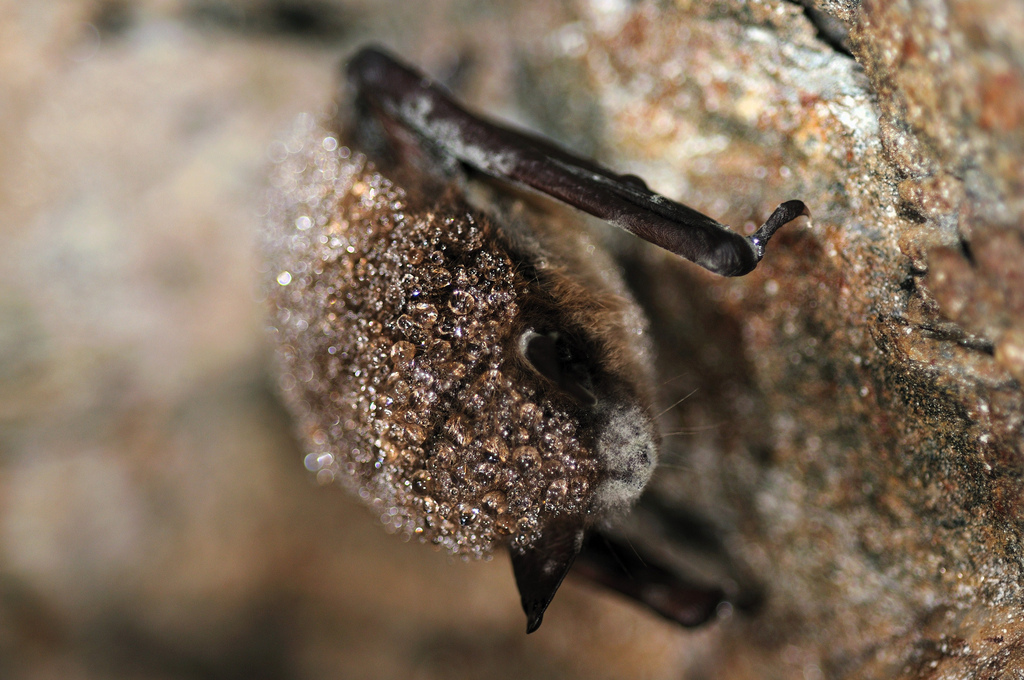Sustainable Living
Better Carbon Capture
Finding an efficient and cost-effective way to capture the carbon dioxide generated by the use of fossil fuels would be a dramatic game-changer in the fight against climate change. We have often heard about clean coal – coal that doesn’t release lots of carbon dioxide when it is burned – but we haven’t really seen it. Our supplies of coal, natural gas, and these days, even oil are plentiful. We just haven’t figured out how to use these things without damaging the environment.
Plastic Pollution
It’s no secret that plastic pollution in the ocean is a huge problem. The most visible sign of this is the Great Pacific Garbage Patch. This accumulation of debris is at least twice the size of Texas and can be seen from space. But now scientists have developed a new way to measure ocean trash – and it turns out there’s more than meets the eye.
Eiffel Tower Wind Power
The recent retrofit of the Eiffel Tower – the first in 30 years – included the installation of two custom-designed wind turbines. The 17-foot vertical-axis turbines look more like modern sculptures and are painted to blend in with the rest of the structure. Viewed from a distance, it would be very difficult to spot the additions to the 126-year-old Parisian landmark.
The Dirty Job Of E-Waste Recycling
“Reduce, reuse, recycle” was a popular mantra of the 80s and 90s, encouraging citizens to separate paper, plastic, and aluminum from their trash. But with the exponential rise of electronics like cell phones, laptops, and tablets – recycling has become more complex.
Too Much Solar Power
California has been experiencing an unprecedented boom in solar energy in recent years. The state’s major utilities now get 6% of their power from solar installations and on top of that, nearly a quarter million homes have solar panels on their roofs. All of this clean energy is surely a good thing, but it also presents a unique problem.
The World’s Largest Solar Plant
Recently, the world’s largest solar power plant has opened in the town of Desert Center, California. Known as Desert Sunlight, the project can produce up to 550 megawatts of electricity, enough to power 160,000 average California homes.
An Astonishing Number Of Lakes
Have you ever wondered how many lakes there are in the world? In an effort to answer this question, an international research team used satellite photos and computerized mapping technology to count up Earth’s inland waters. They found about 117 million lakes, covering almost four percent of the planet’s non-glaciated surface, according to their study, which was published in Geophysical Research Letters.
A Floating Wind Turbine
Wind technology generally faces two challenging facts: the wind is much more powerful higher up in the air and good locations for wind turbines are often far away from where electricity is needed.
Deep Green
Strangford Lough, a large inlet on the coast of Northern Ireland is close to the location where Game of Thrones is filmed. It is also the site of a tidal and ocean current power plant called Deep Green.
Tuning Into Nature’s Rhythms
Most of us feel a connection to the seasons—the relief that comes with green leaves unfolding in early spring, the soothing sound of crickets in the summer, or the honking of migrating geese in the fall. Our food, water, and even moods are tied to seasonal cycles. But only a select few tune into nature’s rhythms and take careful notes.
The Rising Hudson
The Hudson River flows through much of the listening area of our flagship station. It is an extension of the Atlantic Ocean that flows from the Narrows in New York Harbor up through the Capital Region and beyond and it is linked to any changes in water levels in the Atlantic and around the globe.
New York’s Ban On Invasive Species Goes Into Effect
In a win for New York State’s natural areas, new regulations have gone into effect banning a long list of plants and animals that have plagued our fields, forests, and freshwaters. As of March 10, the New York State Department of Environmental Conservation has made it illegal to buy, sell, or transport 126 species identified as invasive.
[Read more…] about New York’s Ban On Invasive Species Goes Into Effect
Manure To Energy
Dairy cows are very industrious. On average, they produce about 70 pounds of milk a day. Unfortunately, they also produce about 150 pounds a day of manure. Basically, it is an inevitable byproduct of the production of milk.
Lessons From Europe On Warming Lakes
Do you wonder how climate change is affecting lakes? We just need to look across the pond, where scientists and agencies involved in the European Union’s Water Framework Directive have amassed an impressive body of research on the topic.
Has Phragmites Met Its Match?
Goats are gaining a reputation as allies in the fight against invasive plants. Urban parks, college campuses, and nature preserves are taking advantage of their appetites and agility – using them to control everything from autumn olive to multiflora rose.
Dog Days Of Winter
This winter filled with endless snows and bone-chilling temperatures makes it difficult to focus on a warming climate. But the truth of the matter is that the warming climate is playing a major role in our harsh winter weather.
Milkweed And Monarchs
We have talked before about the huge decline in the population of monarch butterflies. The causes are a combination of factors including illegal logging in Mexico, droughts, wildfires, parasites, and most importantly, the drastic loss of crucial milkweed habitat in the US. Milkweed is the only food plant that monarch caterpillars can eat and modern herbicides like those used on genetically modified crops are wiping it out over large areas.
Wave Power
Wave power is produced by the use of electricity generators placed on the surface of the ocean. Energy output is determined by wave height, wave speed, wavelength, and water density. This technology is a fledgling state: there are only a handful of experimental wave generator plants in operation around the world.
Fungus Sucks The Life Out Of Hibernating Bats
Common throughout North America, little brown bats keep insect populations in check. Anyone who has spent dusk near a lake has seen the little browns performing acrobatics on the wing as they feast on mosquitoes, midges, and gnats. Each bat can eat thousands of bugs each night.
[Read more…] about Fungus Sucks The Life Out Of Hibernating Bats
